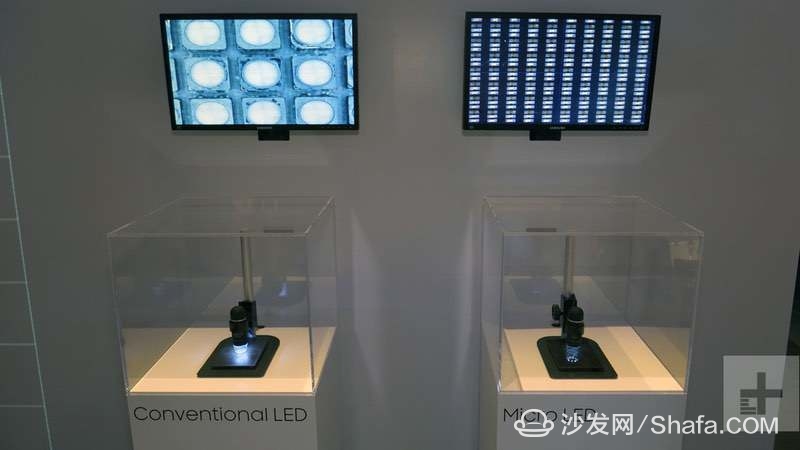For many years, sources within the Taiwanese supply chain have been hinting that Apple is working on Micro LED displays. This speculation has now been confirmed by Bloomberg. In a report published on March 19, Bloomberg revealed that Apple has a secret facility in Santa Clara, California, where it is developing its own Micro LED display technology to eventually replace Samsung's OLED screens.

In fact, Apple has long sought to reduce its reliance on Samsung and has even invested billions of dollars in LG Display to support their OLED development. Recently, LG Display announced that the iPhone X Plus might be equipped with their OLED panels. However, Apple isn't satisfied with just one supplier. Reports suggest that Apple has also been in contact with Chinese manufacturer BOE, and independent development remains a key part of their strategy. After all, Apple has a history of successfully pioneering new technologies.
Some may not be familiar with what Micro LED is. Unlike OLEDs, which use organic materials and suffer from stability and lifespan issues, Micro LED uses inorganic phosphors—similar to the LEDs found in outdoor billboards. You can think of Micro LED as a smaller, more advanced version of those large LED displays. It offers longer life, better stability, lower power consumption, and brighter, thinner performance. However, current technical challenges mean that production yields are still inconsistent.

Industry experts believe that Micro LED will eventually replace OLED, just as OLEDs replaced LCDs. Apple first showed interest in this technology when it acquired LuxVue, a Micro LED company, back in 2014. However, progress has been slow. Bloomberg reports that Apple may introduce Micro LED in the Apple Watch within two to three years, while the iPhone could take another three to five years. So, similar to how OLEDs were first used in the Apple Watch, Micro LED may follow the same path.
That said, Bloomberg notes that Apple’s Santa Clara R&D center is currently too small for mass production. Therefore, Apple may outsource the manufacturing of Micro LED screens in the future. This raises an important question: How will Apple protect such sensitive technology?
Apple insiders have emphasized the importance of keeping proprietary technology in-house. To achieve this, Apple has invested heavily in research and development. While some work has taken place in Taiwan, the company is now shifting focus closer to its headquarters.
If Apple successfully leads the Micro LED revolution, it would mark a major milestone in its vertical integration strategy, covering critical areas like CPUs, GPUs, and displays. This could lead to significant cost savings and even new revenue streams. Just look at how Samsung benefits from supplying OLED panels for the iPhone—Apple wants to avoid that dependency and instead control the entire value chain.
For more information on smart TVs and media boxes, visit Smart TV Information Network (http://), China’s leading platform for smart TV and box news, offering insights, updates, and resources on smart TV software, hardware, and more.
Flat Twin Cables
they are suitable for power & lighting circuits and building wiring. Also suitable for use as an earth wire the internal wiring of appliances and apparatus.
- Standard applied: BS 6004
- U0/U: 300/500V
- Certification: Third party test reports available
- Flame retardant or fire resistance or Low smoking and Halogen free or other property can be available
Flat Twin Cables,Flat Twin Wires,Outdoor Electrical Cable Types,Twin Flat Flexible Cable
Shenzhen Bendakang Cables Holding Co., Ltd , https://www.bdkcables.com